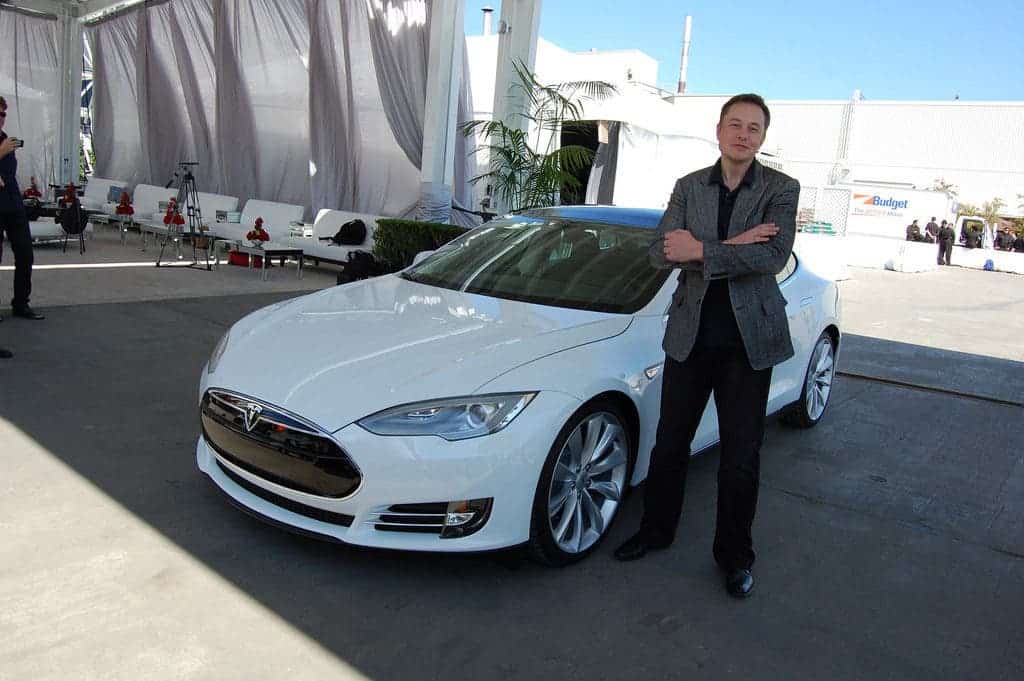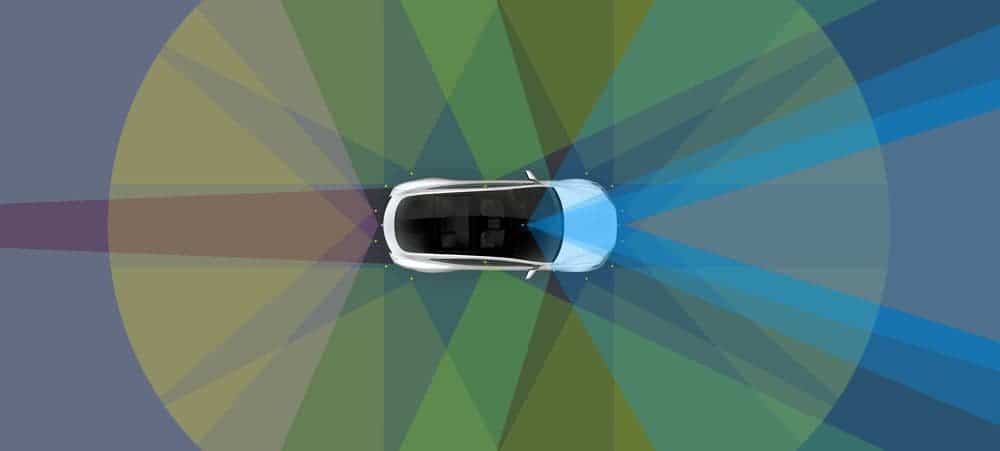
In a conference with reporters on Wednesday, Tesla Motors’ CEO Elon Musk said all of its vehicles coming out of the assembly line, including the upcoming Model 3, will be equipped with self-driving hardware. While the company’s Autopilot is impressive, it can only drive the car by itself on the freeway. The new features will, theoretically, enable a Tesla car to drive anywhere by itself. By the end of the year, Musk said Tesla will demonstrate a completely self-driven trip from LA to New York.
There will be a ton of new hardware installed in Tesla cars, which the company spent a year preparing. Each new vehicle will include eight surround cameras that offer 360-degree visibility at a range of up to 250 meters, compared to only one camera installed before. These cameras will work in concert with 12 ultrasonic sensors — together, they will work to detect soft or hard objects will be at twice the distance the system achieved before.

Object detection will also be much faster since the computing power was improved 40-fold. A Tesla car can now perform 12 trillion operations per second. Your typical desktop computer can only perform about two billion operations per second. One can only wonder how much this all costs.
“It’s basically a supercomputer in a car,” Musk said.
Now that all Teslas come with a fundamental hardware upgrade, the software-side can be a lot more reliable. Key to self-driving safety is helping the car make the right decisions very fast. In this respect, big data and machine learning algorithms clock millions of miles each day, learning with every inch those wheel turn. But ultimately, this is a chain which is as strong as the weakest link. With this massive hardware boost, that chain got a lot stronger.
However, all these gadgets don’t mean anything before we see the cars in action. Most importantly, it’s the policy makers that need convincing, not Tesla owners.
“It will take us some time to complete the validation of the software and get regulatory approval but the important thing is that the foundation is laid” for fully autonomous driving, said Tesla CEO Elon Musk
Musk was even bold enough to call anyone who writes negative stories about self-driving cars a murderer, basically.
“If you’re writing an article that’s negative that essentially dissuades people from using [autonomous tech] you’re killing people.”
Indeed, it would be irresponsible not to pursue a new technology which has the potential to save hundreds of thousands of lives around the world yearly. How this transition will happen is another question. Many critics have argued that Tesla’s Autopilot, which has semi-autonomous features and requires constant human supervision, is unethical. There’s a legal disclaimer that says all owners acknowledge that Autopilot is not self-driving and drivers need to be prepared to take control of the wheel at all times. The reality is different as many videos on YouTube show Tesla drivers reading on tablets and even taking naps while Autopilot takes care of everything. Meanwhile, all those millions of miles logged by Autopilot are put to good use teaching machines to control the self-driving Teslas of the future. If it sounds like one huge experiment, you’re not wrong.
I don’t know if this is negative, maybe just critical. I might actually score points with Musk.
According to the company, the switch to fully self-driven functionality will not happen overnight. Much like Autopilot updates, users will be introduced to new features incrementally, every two or three months. Exciting times ahead!






